Material Handling 101: How to Optimize Your Material Movement
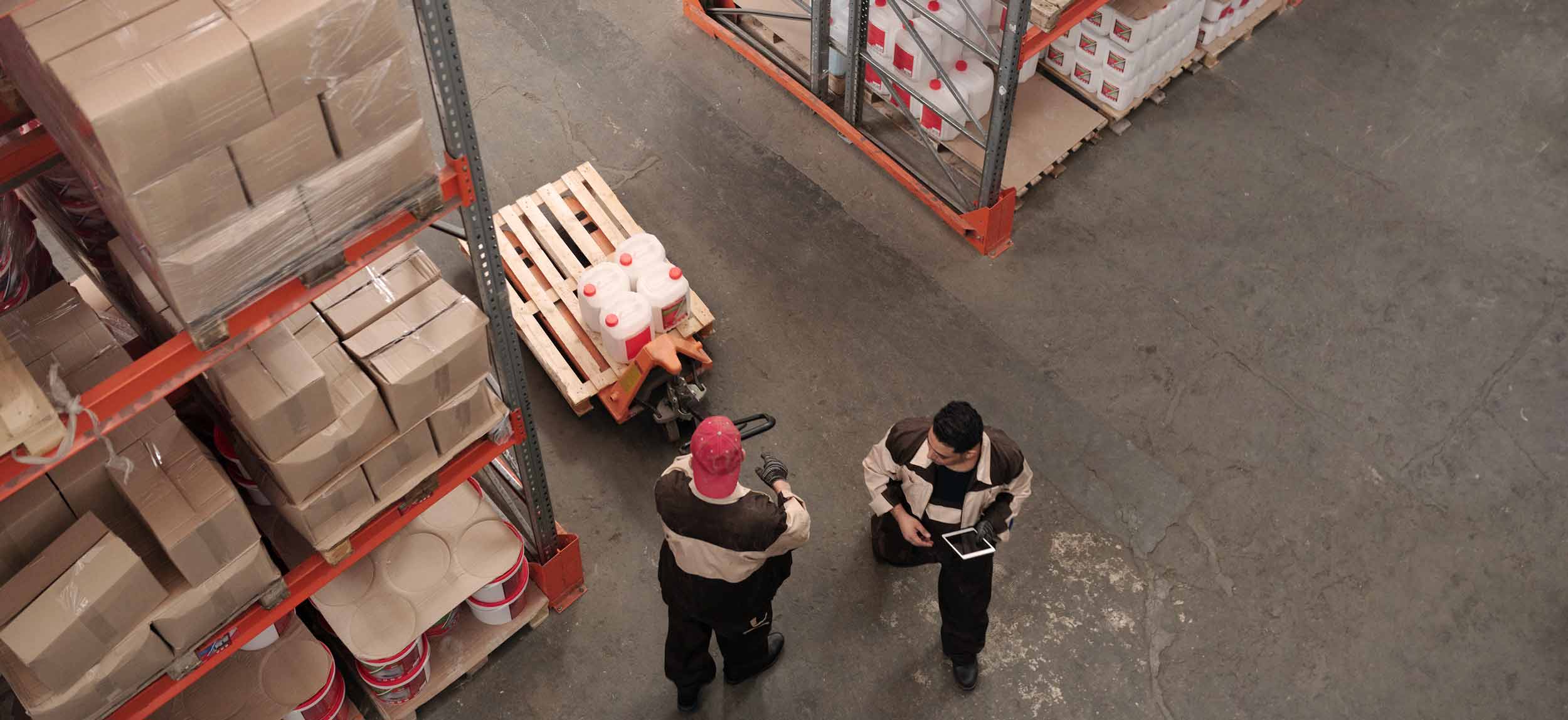
The logistics journey isn’t over when a shipment arrives at your warehouse.
With dozens (if not hundreds) of different products going to different sections, offloading and transporting goods inside a warehouse can be a huge challenge.
However, with the right system in place for material handling, your warehouse staff can offload, store, and pick items a lot more efficiently.
In this article, we’ll cover what material handling is, why it’s one of the keys of effective warehouse management, and review basic principles, equipment, methods, and how OptimoRoute can help you optimize your entire logistics journey.
To navigate to the section which interests you most, click the links below:
- What Is Material Handling?
- Why Is Material Handling Important?
- Material Movement Throughout the Supply Chain
- Essential Equipment for Material Handling During Shipping & Warehousing
- The 3 Essential Material Handling Principles
- How Route Planning & Optimization Lead to Smoother Material Movement
What Is Material Handling?
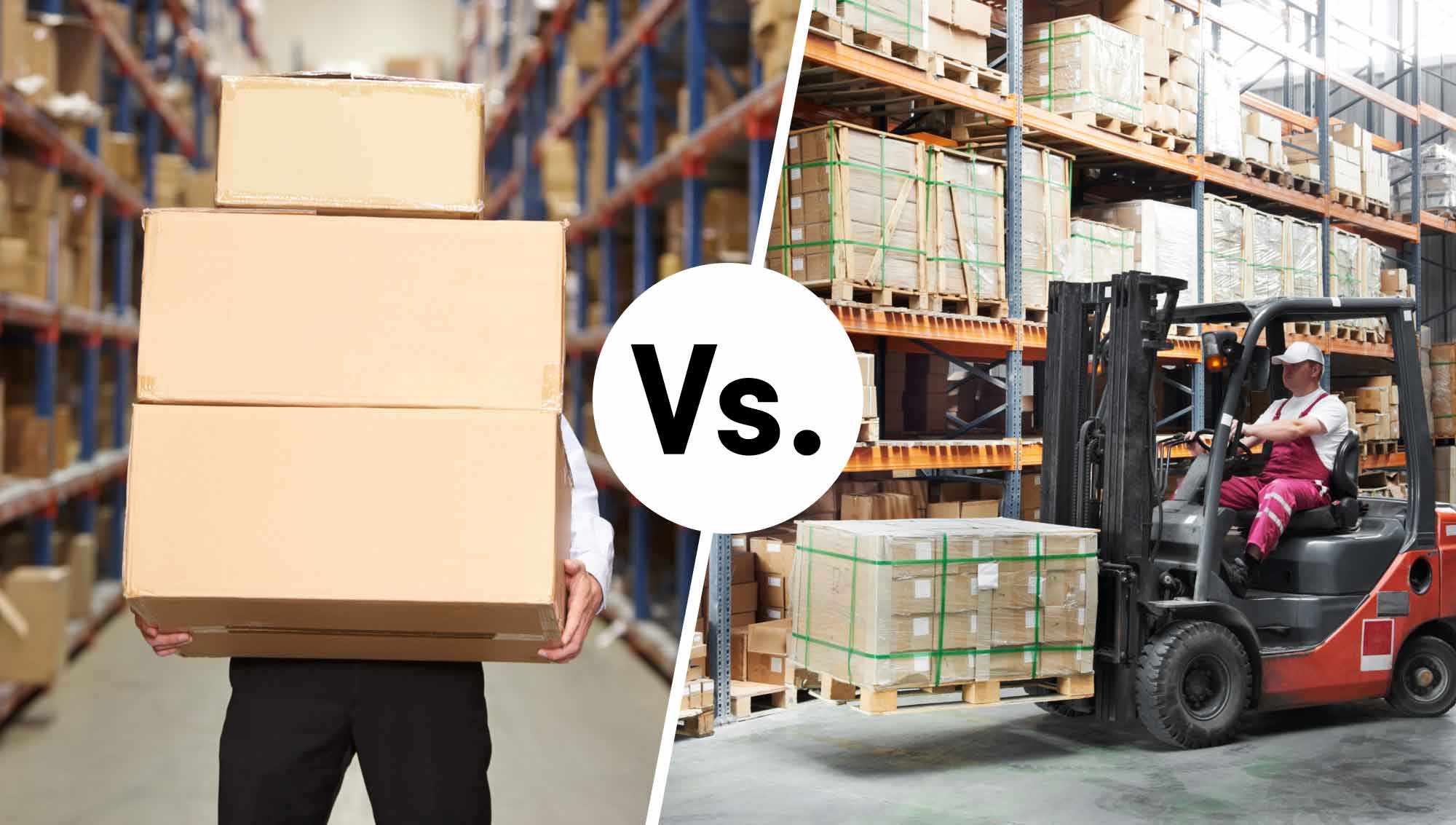
Material handling, often called material movement, is the short-range movement of materials from manufacturing all the way to distribution.
The goods may go through a system of transportation, then storage, and then distribution. Material handling happens in the shipping and delivery stages throughout the supply chain, packaging and moving goods in pallets and other units.
Why Is Material Handling Important?
Material handling is all about the maneuvering, storing, and protection of products and goods.
It’s a complicated process.
To make sure that you receive usable raw materials from your suppliers and deliver satisfactory products to your customers, you need to handle materials carefully through every step of the process.
That’s why businesses are increasing their spending on material handling, with the industry expected to reach $190 billion in worldwide revenue by 2024.
Material Movement Throughout the Supply Chain
Material movement takes place throughout every stage of your business’ supply chain, from manufacturing to distribution.
Let’s take a look at that supply chain in detail:
1. Manufacturing
During the manufacturing process, you have to move and handle inbound shipments and finished goods within your factories and storage spaces.
2. Transportation
The manufacturer will send the products to a wholesaler or internal warehouse. The products need to be handled and set up as units (on pallets, perhaps), for easier shipping.
3. Storage and warehousing
The products need to be offloaded safely and effectively, as well as moved internally within the warehouse to different storage racks or shelving so they can be stored until they are needed by the supplier or retailer.
4. Distribution
The materials will be distributed out to retailers or customers, and have to be packed and combined into shippable units and loaded onto trucks.
Essential Equipment for Material Handling During Shipping & Warehousing
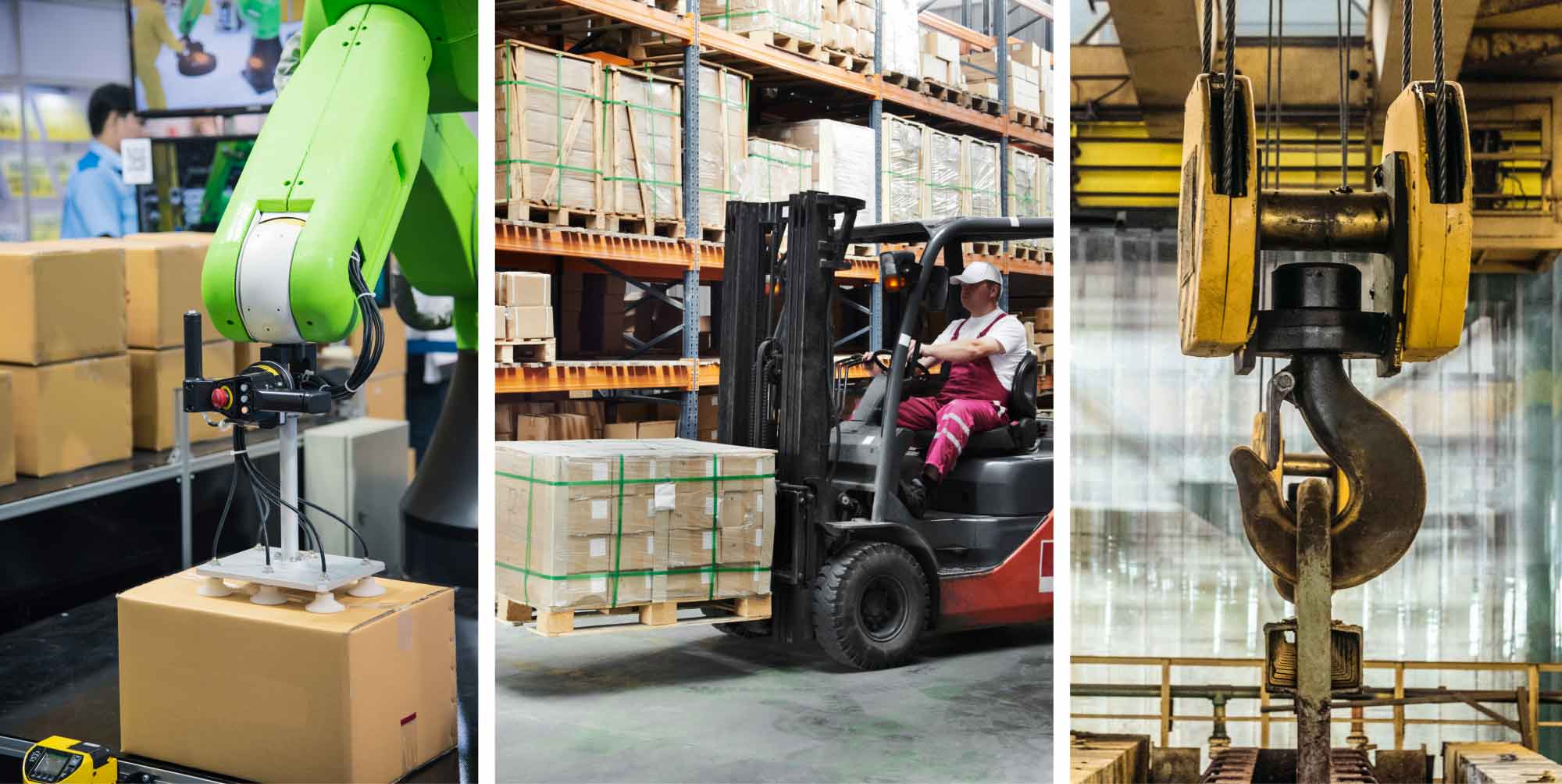
The short-distance movement of goods (whether by transporters, warehouses, or distributors) requires a lot of material handling equipment, vehicles, and even automated systems.
Forklifts and lift trucks
The quintessential vehicle for handling is probably the forklift or the lift truck.
A staple in every warehouse, every year over 260,000 lift trucks are sold in North America alone.
Pallets & packaging
Pallets and other packaging keep products safe and in an easily shippable unit, and lets your staff move heavy products on a pallet jack, or with casters.
Hoisting equipment
If you have a warehouse with more vertical levels than a forklift or truck can easily access, you need to install some kind of hoisting equipment, like a winch or jack and ensure proper accessibility.
Robots
From automated guided vehicles (AGV) to sorting robots, computer-powered machines are becoming a big part of warehousing and materials handling.
As a result of increasing adoption of automation, industrial robot sales grew by 5.2% in North America in 2019.
3 Essential Material Handling Principles
If you want to optimize your logistics process, you need to set up robust material handling systems throughout your business.
1. Make use of consistent unit loads throughout the supply chain
For maximum efficiency, use the same size and format for your unit loads.
Palletize your cargo to use pallet trucks, winches, and jacks for smooth processing.
With gas or liquids, use containers that are compatible with your supplier’s trucks and warehouses.
2. Space utilization
Make sure you utilize every inch of available space in your warehouse. You also need to think vertically to increase the cubic area of your warehouse lot.
3. Ergonomic principle
Humans can’t move and arrange heavy objects without help and forgetting that can lead to frequent injuries among your staff.
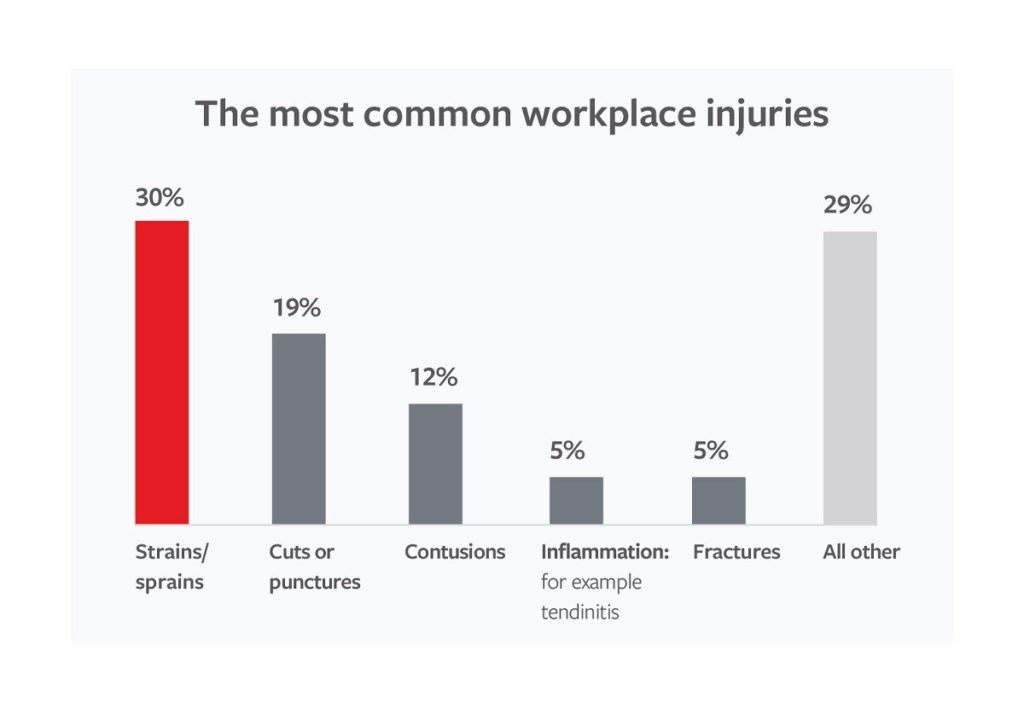
With hand trucks, pallets, pallet jacks, platform trucks, dock equipment, and the right process a single warehouse worker can load a truck without issue.
How Route Planning & Optimization Lead to Smoother Material Movement
Material handling doesn’t happen in a vacuum. If you want to create a reliable, repeatable process, you also need to improve other parts of your outbound logistics process.
1. Better route planning and realistic ETAs mean less time pressure
When drivers and warehouse workers feel the time crunch, avoidable mistakes happen, like dropping a package, or storing a product in the wrong section.
With OptimoRoute, you can plan efficient routes in seconds, factoring in time windows, unloading times, vehicle capacities, and more.
Our route optimization software also includes GPS-tracking and live ETAs to ensure things go smoothly on every delivery.
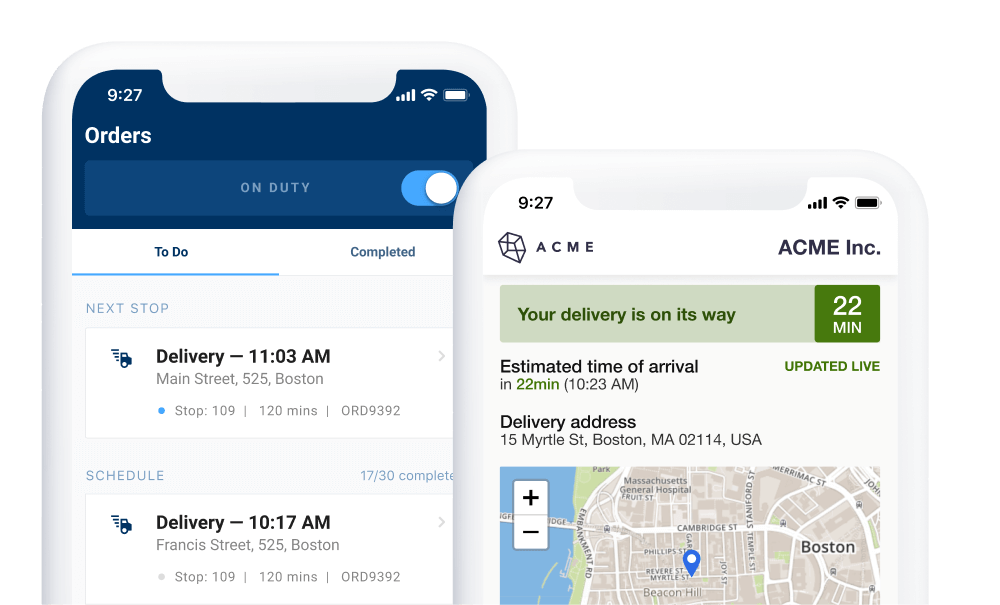
Reduce your operational costs by 30%
Increase delivery capacity by 43%
Plan 7x faster
OptimoRoute helped Hardie’s Fresh Foods speed up their planning 8x, and reduce planning manpower by 60%, while reducing mileage by 20% and increasing on-time delivery rates to 94%.
Its on-time delivery rates are steadily increasing at 1.5% MoM as the drivers get used to the new system, and the manager estimates they will reach 98-100% before the end of the year.
When almost 100% of deliveries happen on time, it gives your staff space to handle materials with care, lowering the chance of injuries and damaged goods.
2. Predictable weekly planning
Weekly planning helps maintain a predictable logistics process across your whole operation, from internal warehousing and storage to distribution and delivery.
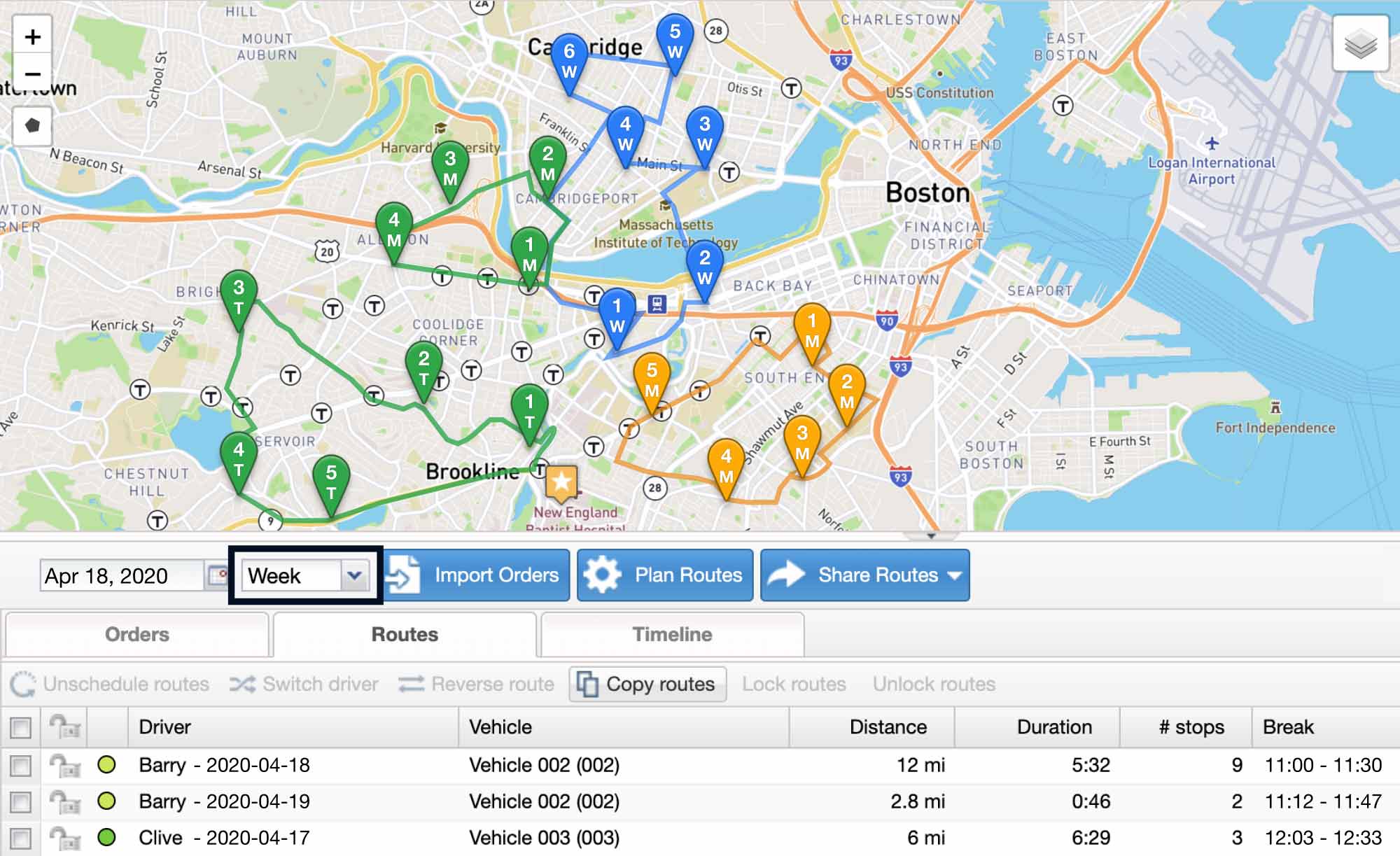
It makes it easy to coordinate with your warehouses or distribution centers and make sure that every location has access to the inventory it needs at any given time.
3. Incorporate reverse logistics
You can combine reverse logistics with your delivery routes to effectively collect the reusable packaging, like drums, you use during the handling process.
For example, a brewery could pick up empty barrels or kegs as it makes new deliveries to bars and restaurants around town.
4. Always send a compatible vehicle
With OptimoRoute, you can set vehicle specific capabilities like refrigeration, loading docks, or cargo size, to make sure that you always send a vehicle compatible with a particular warehouse’s unit loads
Final Thoughts
The journey of your goods isn’t just about the truck and the road, and neither is it just about the few meters it travels between a truck and a warehouse.
You need to pay attention to both shipping and logistics, as well as material handling, to ensure control of materials and product safety throughout every step of its journey.
Using OptimoRoute can help you simplify your route planning, save money on gas & driver wages, and give your operations managers more time and money to double down on material movement processes.
To learn more about how OptimoRoute can improve your logistics, book a personalized demo today.
Try OptimoRoute™ for Free
No installation or credit card required


